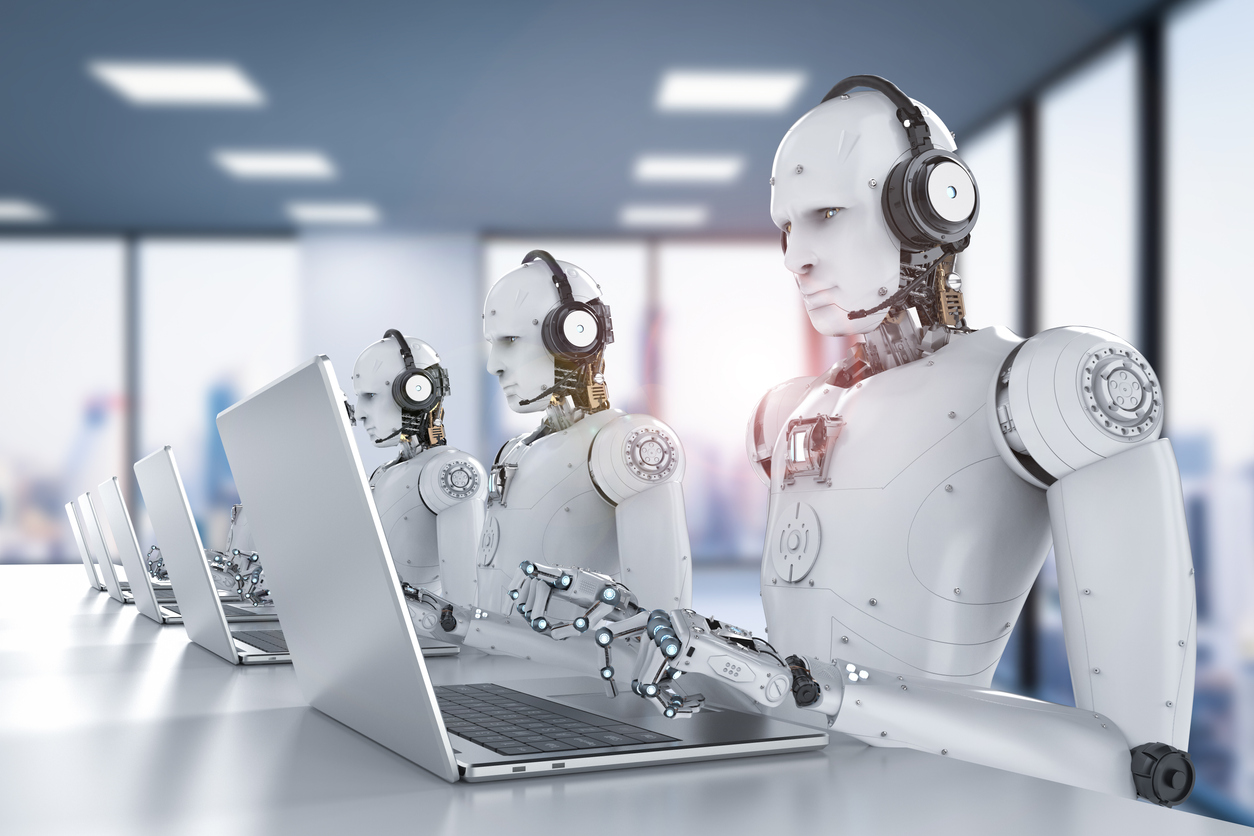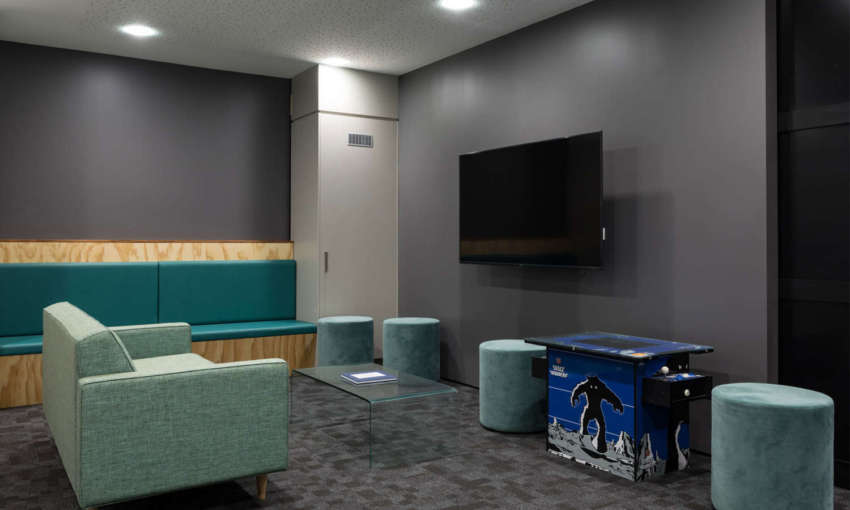
Dawn of a new decade: What next for office spaces?
The ice bucket challenge, Harlem shake, loom bands, duck lips, fidget spinners, Pokemon Go, mum jeans and dad sneakers… the 2010s had it all.
And did anyone ever really work out what the fox says?
Fads, they come and go. But with office design, it’s more of an evolution.
So, as we stand poised on the brink of a new decade, what lies ahead in office design?
Blue skies… and office furniture
The Pantone Colour of the Year 2020 is Classic Blue (19-4052), which is said to “instill calm, confidence, and connection” as we cross the threshold into a new era.

As a third generation, family business with over 30 years’ experience, we love how Classic Blue embodies our own values and attributes here at Crestline – of trust, reliability, dependability and building strong customer relationships.
See what Leatrice Eiseman, executive director of the Pantone Colour Institute, has to say below:
“We are living in a time that requires trust and faith. It is this kind of constancy and confidence that is expressed by Pantone 19-4052 Classic Blue, a solid and dependable blue hue we can always rely on.
“Imbued with deep resonance, Classic Blue provides an anchoring foundation. A boundless blue evocative of the vast and infinite evening sky, Classic Blue encourages us to look beyond the obvious to expand our thinking; challenging us to think more deeply, increase our perspective and open the flow of communication.”
So should we all be painting our office spaces with blue feature walls? Not necessarily.
There are more subtle ways to bring colour into a workspace – through upholstery (soft seating, screens, dividers), furniture (table tops, storage, legs), nature (see our blue reindeer moss) and artwork.

For instance, using blue handles on our Motiv Mobiles filing cabinets, or punctuating a space with blue-topped BeConn Spin stools. Or, for more pronounced accents, upholstering acoustic pods such as the Scrum Touch or seating like the Scrum Couch in blue tones.
Flexibility, freedom and fun
Flexibility
Open plan offices have been around since the 1940s but really came to the forefront during the tech boom of the 1990s. The expectation was that the breaking down of physical walls would be mirrored in human interaction.
But studies in recent years suggest the opposite – less face-to-face interactions and more emails and distractions.
But, with the right furniture and design, open plan offices can still achieve their original goals.
Cue, our view of the 2020s office.
If you look at our predictions of what the workplace would look like in 2030, you will see that we’re right on track.
Our crystal ball gazing suggested a shift from traditional, fixed pods of desks to multiple touch-down spaces. Offices where people move around throughout the day, choosing a space to suit the task at hand.
This agility has already made its way into many workspaces, and we expect to see more as the decade progresses.
Office furniture has a key role to play in creating and defining these spaces – from partitions and storage planters to furniture designed for focus work. This adaptability means spaces can continue to be redefined as needs and expectations evolve – and, without a doubt, they will continue to evolve.

Freedom
Call it the ‘Three Bears’ phenomenon – whether we know it or not, we all perform better when our working conditions are ‘just right’.
This is backed up by research which shows people are more productive when they have control over their work environment.
A growing awareness of wellbeing in the workplace will see more solutions that give workers choice about how and where they work.
From sit-stand desks to tech-enabled spaces that allow you to hot desk from a one person to a meeting pod, office workers of the future will be able to choose a space, not only for the task at hand, but to suit the conditions in which they work best.

Fun
The Google office slide is undoubtedly the forefather of today’s fun office environment. No, not all offices have slides, and neither would they be appropriate in all offices, but the past decade has definitely seen more opportunities for ‘play’ in the workspace.
Research shows that happy employees are productive employees. Workplace fun also improves communication, collaboration, creativity and innovation.
The key to this is creating spaces where fun can happen, and a sense of community can be fostered. Think relaxed, home-like environments and communal spaces, like this Datacom space, where people can come together to eat and socialise. Games, cafes, fireplaces, comfy sofas… the possibilities are endless. And if you have room for a foosball table or indoor basketball hoop, go for gold!

Naturally inclined
Futuristic movies would have us believe that we are moving towards a world of chrome and sterility.
But the opposite is actually true. As technology reaches new heights, we are craving a connection with nature more than ever.
In the office environment, this is manifesting as the inclusion of natural elements – wood, stone and burnished metal.
And plants. Lots of plants. Going forward, greenery will be used to help create spaces, rather than take up space. Like storage cupboards that double as planter boxes.
Plus, we will see more of plants becoming an integral part of the design, such as acoustic reindeer moss, which can be installed on walls, partitions and even ceilings. Sound absorbing and available in a range of colours, it is a design element in itself. And it’s available in ‘azure’, so it can be used to ride the blue wave of 2020.

We also expect to see more natural light in office design – from large feature windows to skylights, you can say goodbye to battery hen environments and hello to the health-giving benefits of nature’s rays.
So, in summary, the future of office design is this – blue, green… and very, very bright.
